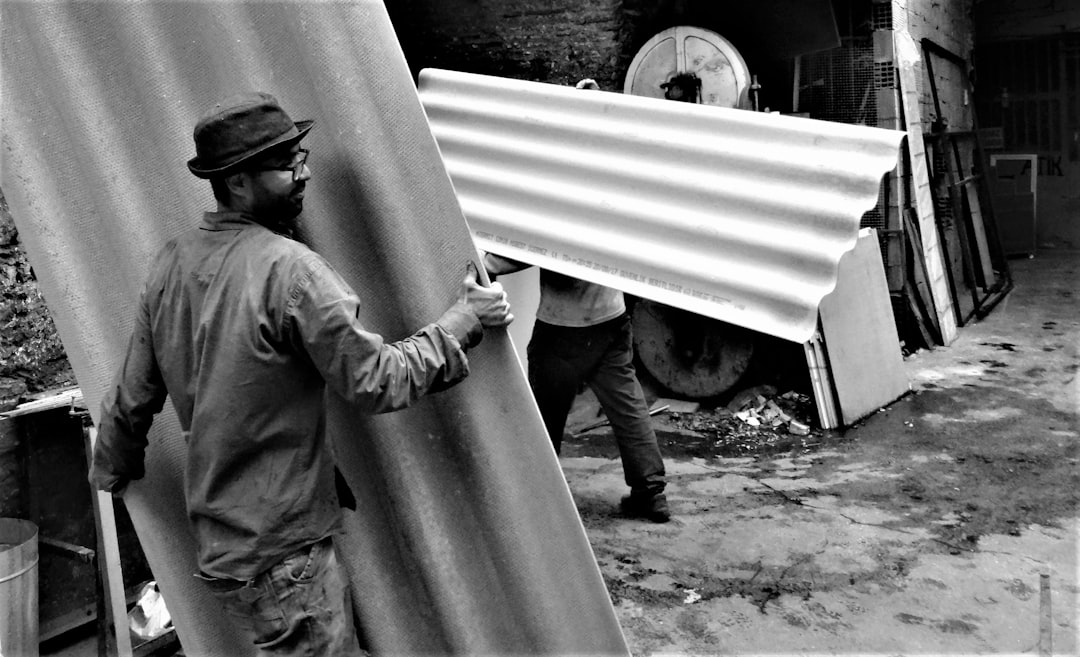
When straight-line winds race across the prairie or a spring tornado siren sounds, Minnesota homeowners know the value of a reliable storm shelter. CountBricks combines deep residential construction expertise with AI-powered estimating to make shelter construction in MN faster, clearer, and more cost-effective than ever.
• Temperatures swing from -30°F winters to 100°F summers, so concrete mixes, insulation, and ventilation plans must handle extreme thermal stress
• Heavy clay soils common in the Twin Cities require specialized drainage and waterproofing details
• Local code—often IRC Section R323 for storm shelters—demands impact-rated doors, continuous load paths, and minimum occupant space per person
• In-slab safe rooms poured monolithically with a new basement
• Precast concrete modules craned into existing foundations
• Retro-fit above-grade steel closets anchored to slab-on-grade garages
• Hybrid wood-concrete panels finished to match living spaces
CountBricks listens while you walk the site. Mention “4-inch reinforced slab” or “FEMA 320 door,” and our AI adds the line item instantly, complete with current Minnesota material pricing.
Upload a PDF or snap photos of hand sketches. CountBricks detects wall lengths, rebar schedules, and door rough-ins, turning them into a detailed bill of materials in minutes.
Our platform pulls live supplier feeds across Minnesota. If No. 4 rebar jumps tomorrow, your estimate and future invoices update automatically, protecting margins and homeowner trust.
Baseline Cost Range: $240–$400 per finished square foot (2025 statewide average via CountBricks data)
• 50 sq ft safe room integrated with a new basement: $12,000–$16,000
• 80 sq ft precast module retrofit: $18,000–$28,000 (crane & demo included)
• 40 sq ft garage-corner steel room: $10,000–$14,000
Numbers fluctuate with finish level, travel distance, and municipal permitting fees. Open CountBricks.com/services to generate a location-specific quote in under five minutes.
1. Reinforced concrete and grout fills – 35% of budget
2. FEMA P-361 or ICC-500 compliant doors and hardware – 20%
3. Labor, formwork, and crane time – 25%
4. Electrical, ventilation, finishes – 15%
5. Permitting and inspection fees – 5%
• Install continuous rubber waterstops at cold joints
• Specify dimple board and perforated drain tile around exterior walls
• Direct sump discharge lines at least 20 feet from the foundation
• Closed-cell spray foam or XPS board keeps interior temperatures stable
• Insulated doors with magnetic weatherstripping stop condensation
• Add a passive fresh-air duct sized at 6 CFM per occupant
A storm shelter that doubles as a wine cellar or secure storage boosts daily value. CountBricks designers coordinate shelving, lighting, and HVAC requirements so code compliance never clashes with lifestyle.
1. Generate stamped structural drawings with CountBricks partner engineers
2. Submit to local Building Safety Division with shelter load calculations
3. Schedule footing, wall, and final inspections directly through the CountBricks dashboard
4. Upload inspection approvals—the platform auto-releases retention on your invoice
• Voice-to-estimate speeds up fieldwork by 40%
• Automated change-order tracking stops scope creep
• White-label quotes impress clients and lenders
• One-click invoices feed directly into QuickBooks or Xero
Ready to protect families and grow your bottom line? Visit CountBricks.com/consultation, start a live call, and watch the first draft of your shelter construction MN estimate build itself while you talk. Secure, code-compliant, and profitable—powered by CountBricks.

A Lakeville family wanted a 60 sq ft concrete safe room added during their basement remodel. Traditional bids ranged from $25k to $32k with a four-week lead time for numbers alone. The general contractor opened CountBricks on a tablet during the first walkthrough.
1. Voice capture listed tasks—excavation, #5 rebar grid, 6-inch slab—while the GC described the space.
2. The homeowner’s existing PDF plans were uploaded; CountBricks traced wall lengths and door openings in 90 seconds.
3. Material pricing pulled from three Twin Cities suppliers showed 7% variance. The GC locked in the lowest set and generated a branded quote on-site.
4. Engineering partners reviewed the auto-generated design file, stamping it within 24 hours.
• Bid time cut from 4 weeks to 45 minutes
• Final contract signed at $21,600—10% below average market price, yet 18% profit for the GC thanks to precise takeoffs
• Construction completed in 8 working days; inspector approved on first visit
• Early material lock-ins through CountBricks protect both contractor and client from volatility
• Integrated scheduling keeps inspectors, subs, and homeowners aligned
• The platform’s change-order alerts flag upgrades (like secure Wi-Fi in the shelter) before they erode margins
Whether you’re breaking ground on new construction or retrofitting a 1950s rambler, CountBricks equips you with the data, documents, and workflow to deliver a code-compliant shelter on time and on budget. Visit CountBricks.com/services to start building safer Minnesota homes today.